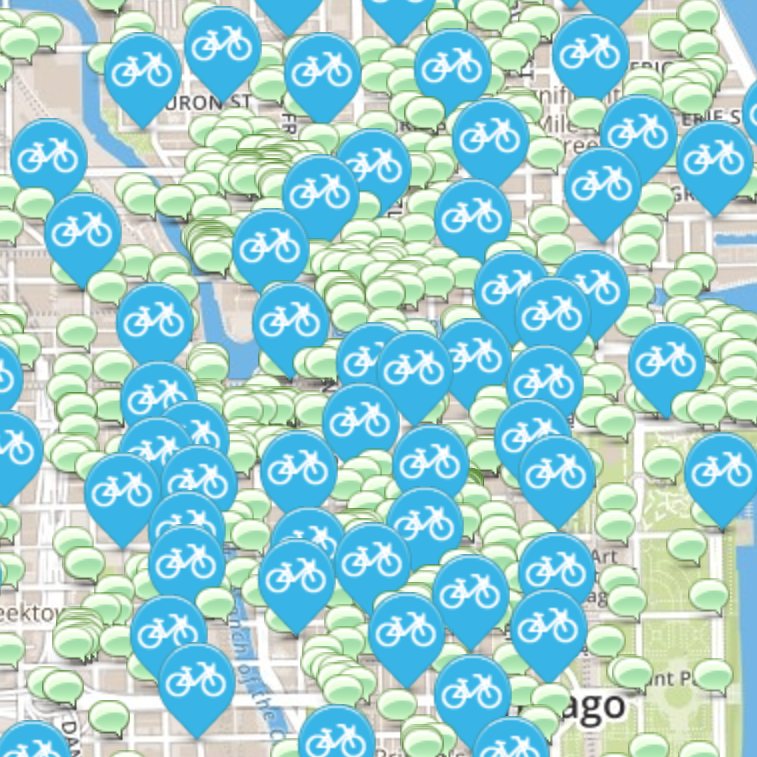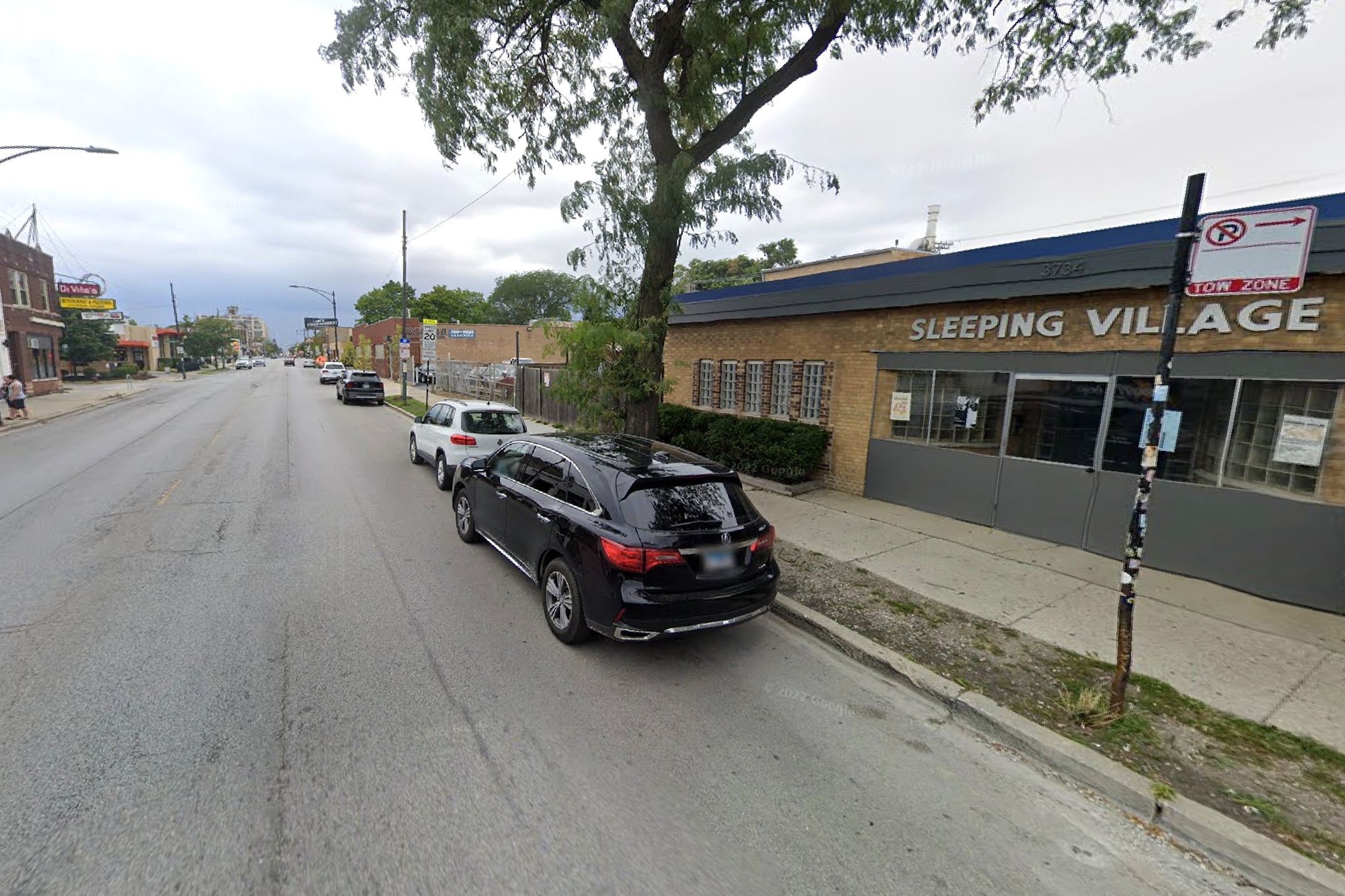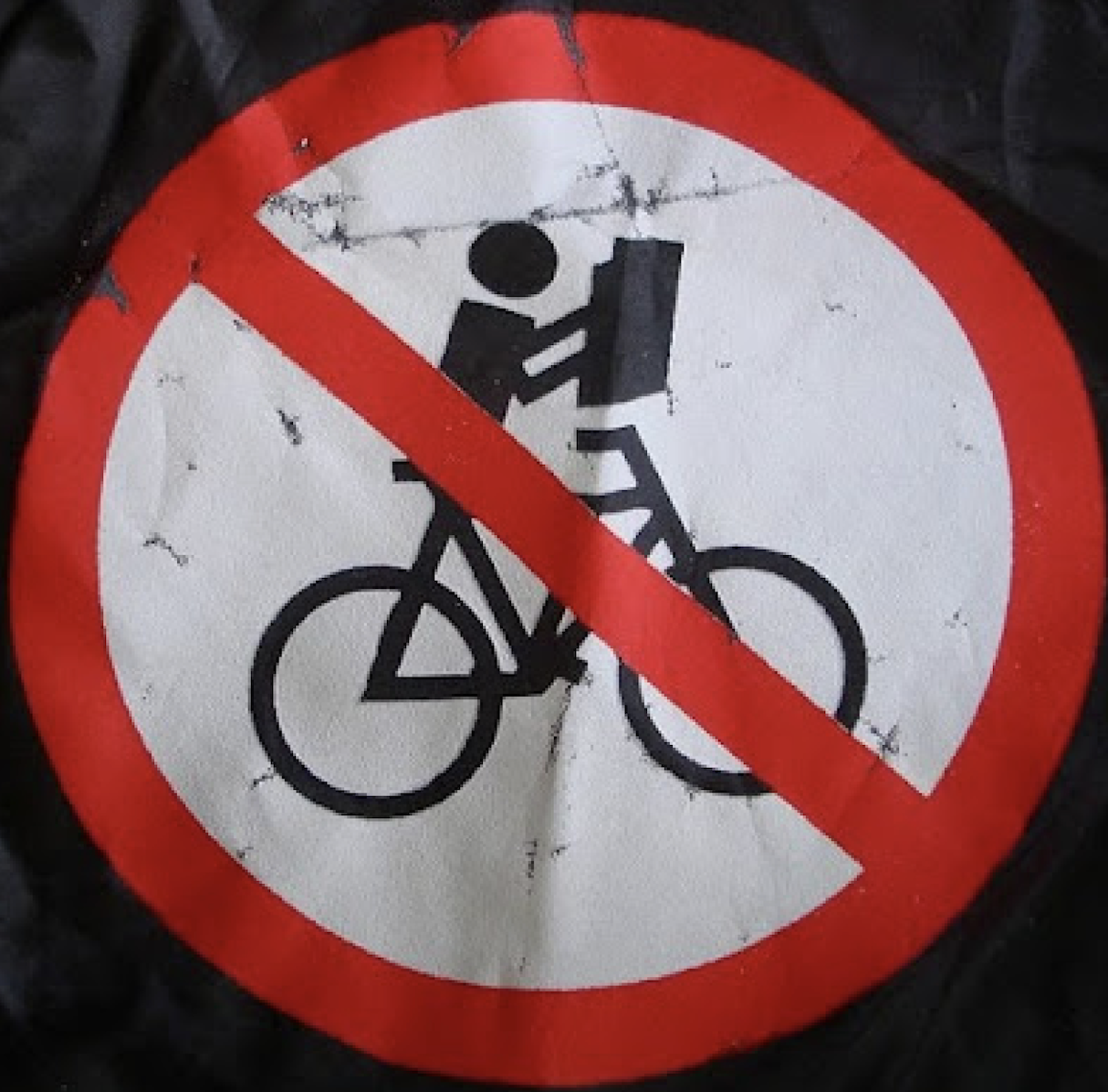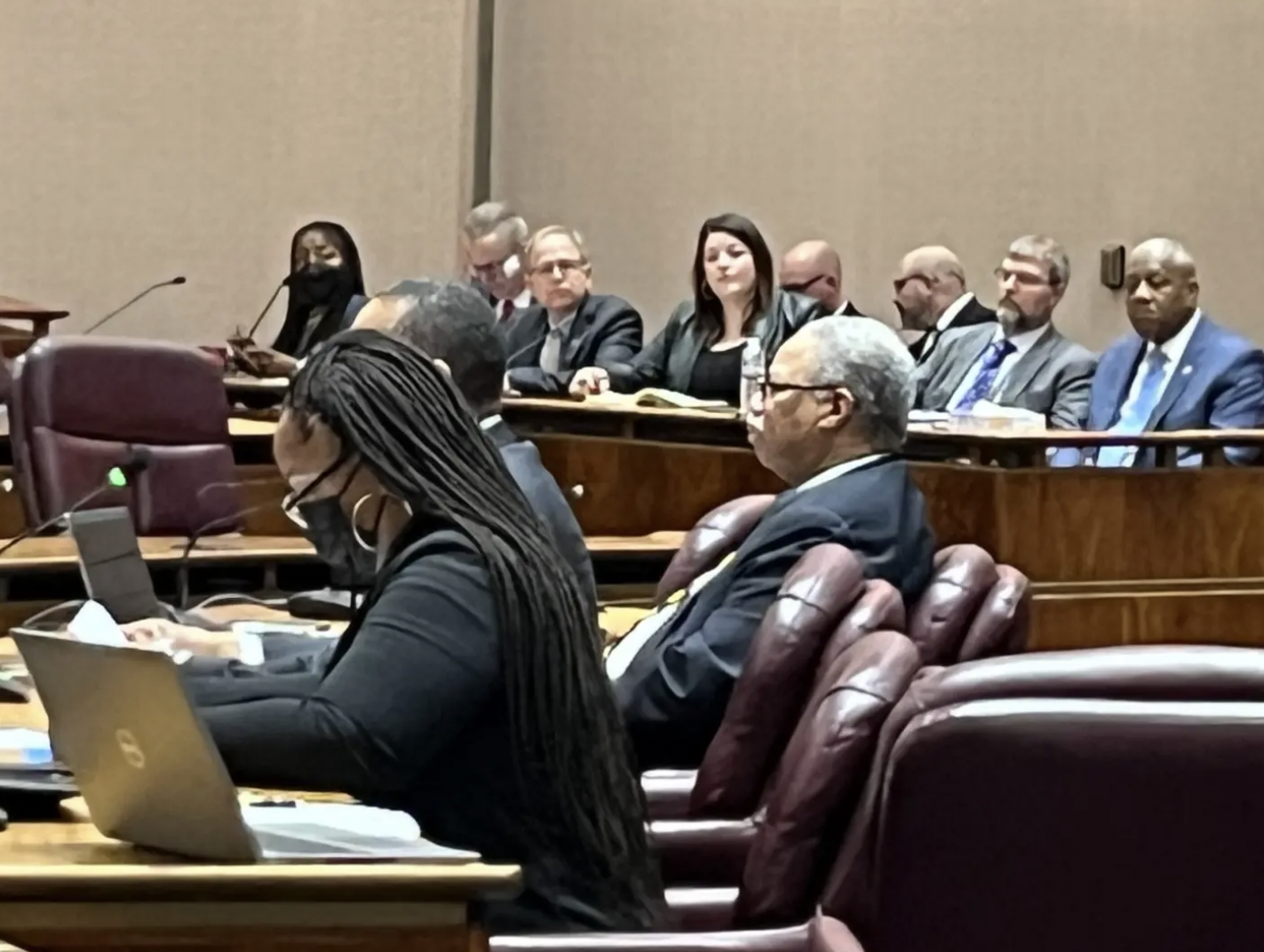A new study by Greg P. Griffin and Junfeng Jiao of the University of Texas at Austin, published in the journal of the American Planning Association, found that while Chicago and New York have asked for suggestions from residents on where to install new bike-share stations, that input has had little influence on where the docks are ultimately placed.
The study looked at Divvy’s second major expansion in 2015, when 175 new stations were installed, bankrolled by city and federal money. The Chicago Department of Transportation had previously asked for recommendations on where the docks should go via public meetings, workshops, and an online suggestion map. “Chicagoans gave great suggestions for the locations of new stations, and we look forward to placing them where they were requested,” Transportation Commissioner Rebekah Scheinfeld said at the time.
In the end, however, the researchers found that only ten percent of the Divvy stations were installed at or near locations requested by residents on the online map.
The researchers didn’t blame CDOT for the discrepancy, but rather noted that there were practical reasons why the department didn’t honor many of the requests. They pointed to the need for the baby-blue bikes to compliment the existing transit network, and mentioned that issues with the built environment, such as too-narrow sidewalks and obstacles like fire hydrants and utilities, can prevent installation.
And then there are human factors that can prevent installation, such as opposition to replacing on-street parking with a station, and Not In My Back Yard resistance to having a public amenity near one’s home. In one case, early in Divvy’s history, a Lakeview condo association actually sued to have a “hideous” station removed from in front of the building.
Griffin and Jiao found that CDOT compliance with Divvy siting requests varied by neighborhood. For example locations requested downtown were twice as likely to get docks than those in outlying neighborhoods – 12 percent versus six percent of suggested spots -- possibly because centrally located stations get more use. The study pointed out that the Divvy suggestion map doesn’t offer any info on guidelines for station placement, such as the rule-of-thumb that residents are most likely to use bike-share if the stations are within a five-minute walk of their starting points and destinations.
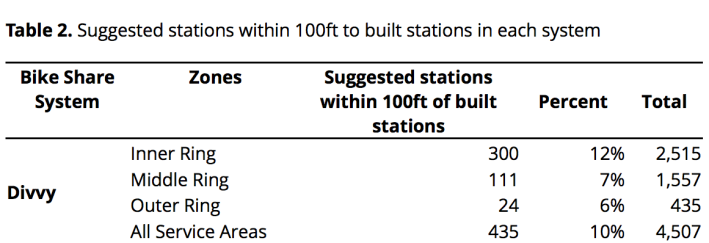
But ultimately, the researchers argued that CDOT “made great efforts” to get input from Chicagoans, even if the final station placements don’t seem to reflect that. “The online [map] enabled residents to take direct action in planning their cities, rather than just commenting on the ideas of planners — or waking up to discover a docking station had been built outside their door.”
However, they also asserted that CDOT should have done a better job of informing residents about the factors guiding their final decisions on station placement. “That helps residents make informed recommendations that are more likely to be implemented.”
While public input may have played a relatively minor role in the 2015 Divvy expansion, it was a significant factor in where the city ultimately decided to place the latest wave of 36 stations, installed in late 2018. However, this wasn’t due to CDOT honoring more of the online requests this time.
While in 2017 the department had announced plans to add more station density in low-income communities on the South and West sides, in the end most of the new docks went to parts of town that already have plenty of stations, including many affluent or gentrifying neighborhoods.

Why? The decision was made during the thick of the summer 2018 Divvy theft crisis, when some 500 bikes went missing. (Divvy has since reinstalled security hardware in the docks, which seems to have solved the problem.)
“During the coordination process with all of the stakeholders, aldermen, and [the Illinois Department of Transportation], some of those locations were pulled from this list, which is why it may not look exactly like what we had wanted it to when we started,” CDOT consultant Amanda Woodall told me last August.
Factors in the community resistance to getting new stations included some residents’ views that stolen Divvy bikes are a distraction for the police in high-crime neighborhoods. Others may have felt that the then-unsecure bikes were a temptation that could lead to more local residents being jailed, as well as innocent Divvy riders being unfairly stopped by the police.
It goes to show that the factors behind the city’s decisions on siting Divvy stations can be complex. But it would be great if CDOT could make that decision-making process more transparent.
![]()
Did you appreciate this post? Consider making a donation through our PublicGood site.
